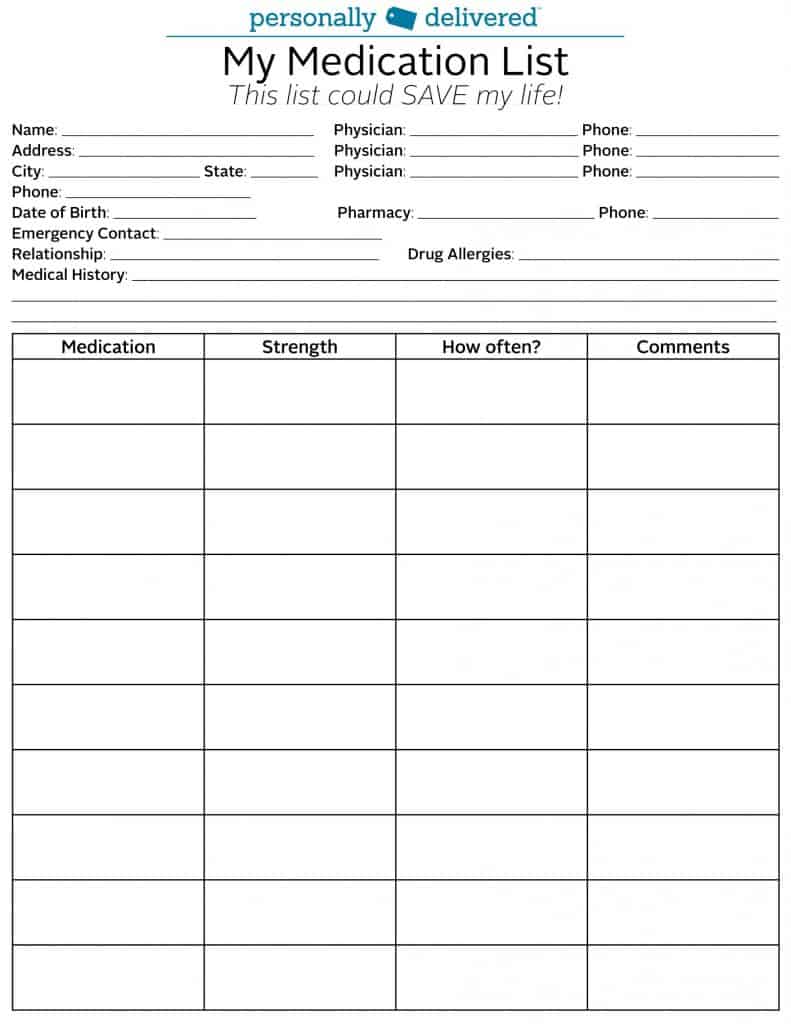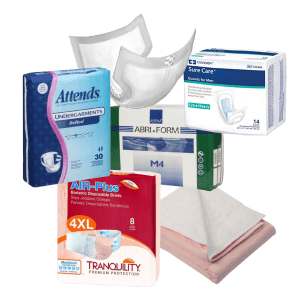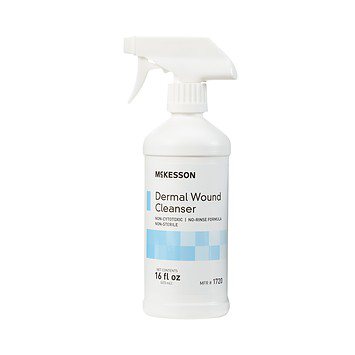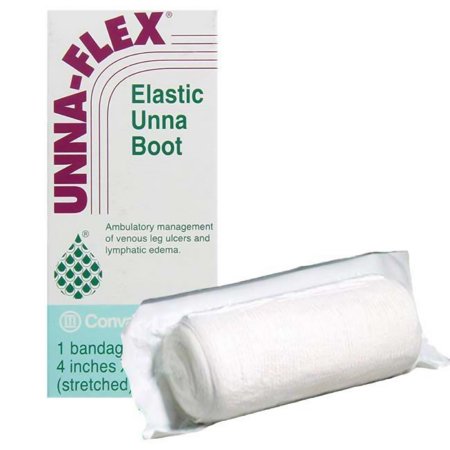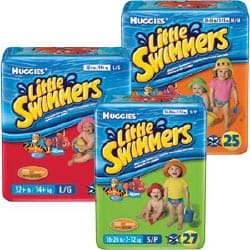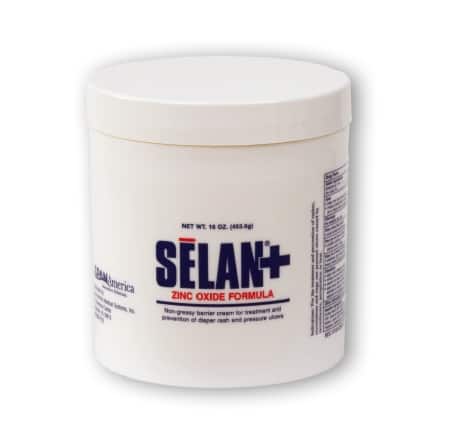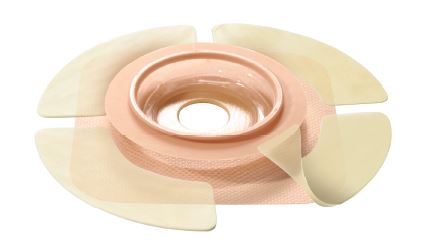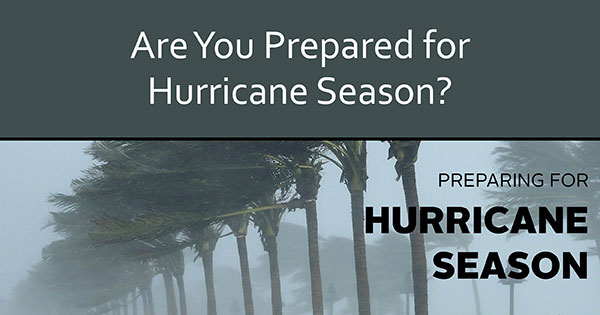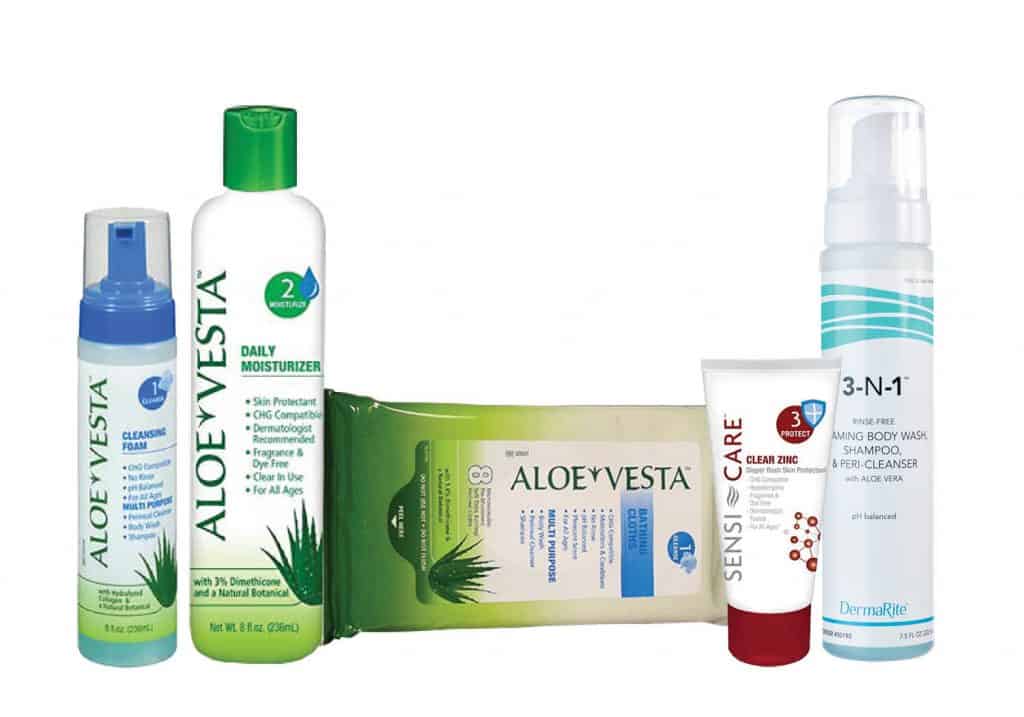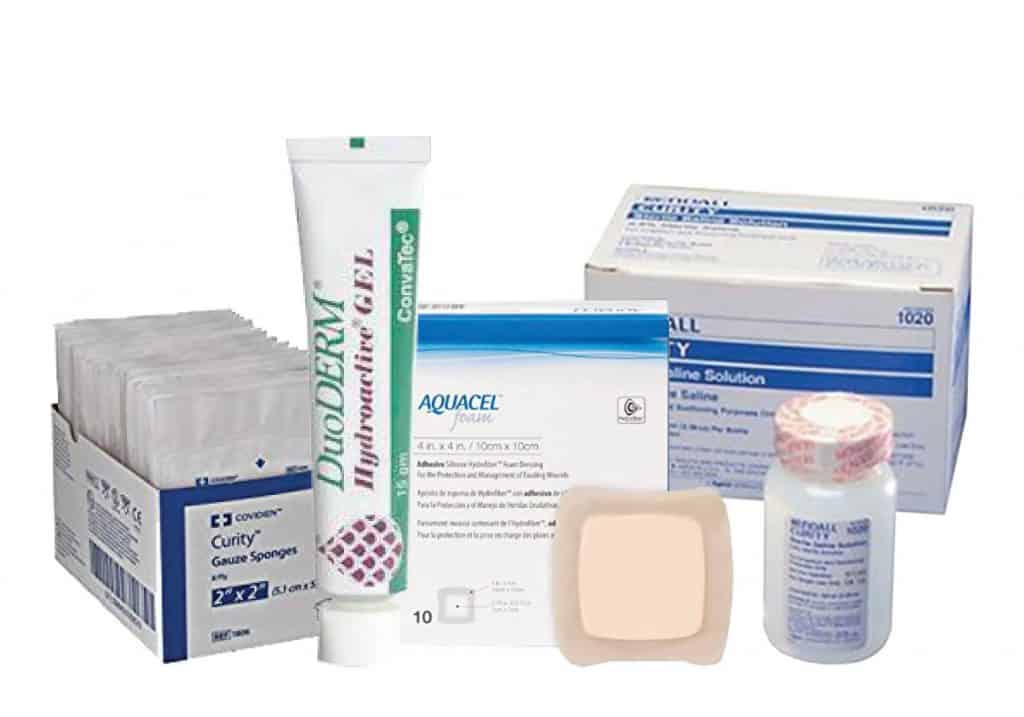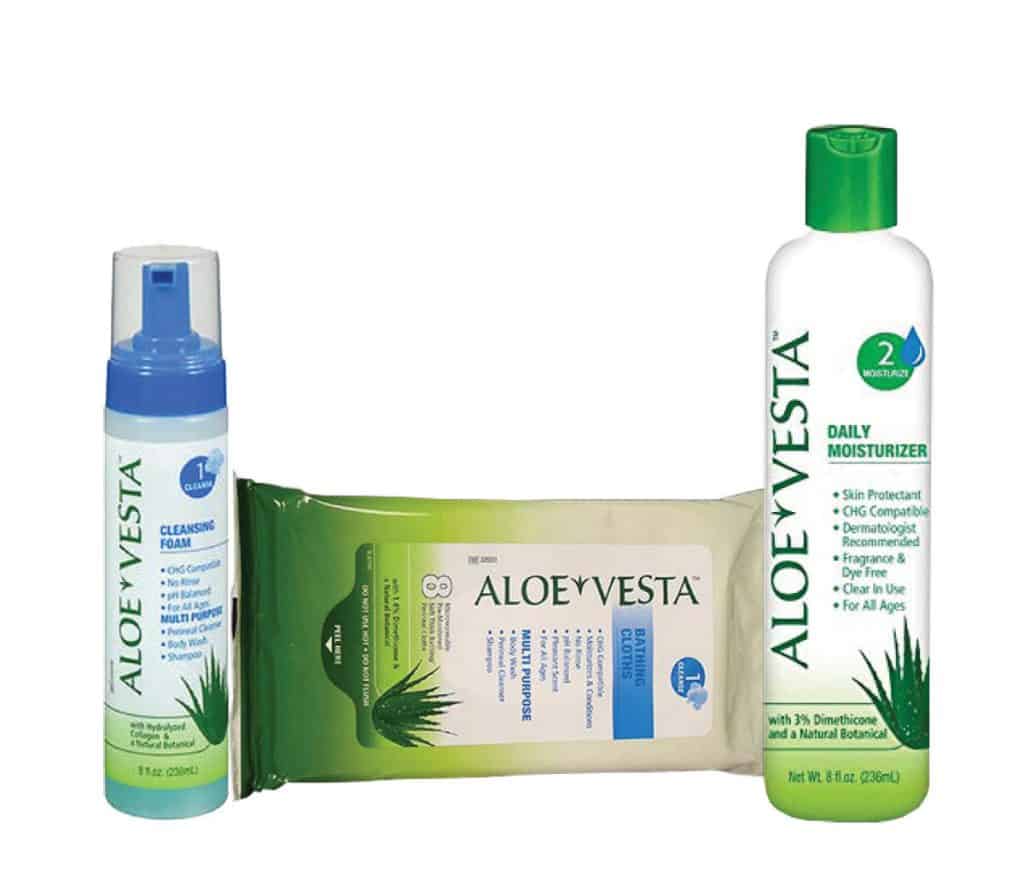Taking Multiple Medications and Its Connection to Incontinence
The act of taking a number of medications at the same time to treat medical conditions refers to the term, polypharmacy. Many times, we suffer from multiple ailments simultaneously and are either prescribed by our doctor or self-prescribe a different medication for each condition.
Polypharmacy can lead to adverse drug interactions, causing problems such as urinary tract infections (UTIs), incontinence, and even hospitalization. For those that already suffer from incontinence, polypharmacy may aggravate the condition making it more difficult to control.
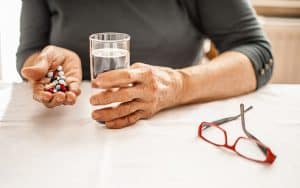
Why it's Important to Talk to Your Doctor

Nowadays, many people see specialists for specific conditions rather than seeing their primary care physician for every condition they may have. If each doctor you see doesn’t have a full picture of what medications you’re already currently taking, they may prescribe more medication that could lead to heightened incontinence symtoms.
Always make sure that your primary care physician manages all of your medications, warning you of any potential side effects of the prescribed drugs you’re taking. It is important to discuss the best options for your incontinence treatment with your doctor.
This printable Medication List can be kept in your purse or billfold for easy access when visiting your doctor. It will help you and your family remember the medications you take and will be very beneficial if you are ever hospitalized. Should something ever happen to you, this list could save your life!
Treatment of Incontinence
Normally, incontinence is treated by lifestyle changes, medications, surgical procedures, and products for incontinence.
Sometimes incontinence is not treatable with more medications or surgical procedures. This is due to probable drug interactions that do not allow a physician to add more medications or recommend surgery. In cases like this, doctors may recommend incontinence products to help manage bowel and bladder incontinence.
Incontinence Management Options
At Personally Delivered, we offer a variety of incontinence products that are absorbent, comfortable, and effective. We carry the protection that will fit your specific needs.
It is also important to keep a good skin care routine to prevent skin irritations. Cleansing after accidents should be a priority as part of incontinence care. Wipes, barrier sprays, creams, and lotions are effective skin care products that can help soothe and moisturize areas of the body susceptible to sensitivity.
Living with incontinence doesn’t have to hold you back from enjoying your life. Contact us at Personally Delivered, and we’ll help you find the right fit of incontinence products for your unique needs, so you can start getting your independence and dignity back.
Disclaimer: Important Notice Regarding Medical Advice
The information provided in this blog is intended for general informational purposes only and should not be considered a substitute for professional medical advice, diagnosis, or treatment.

